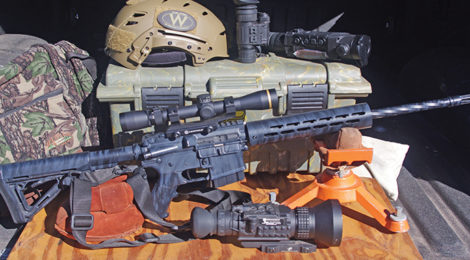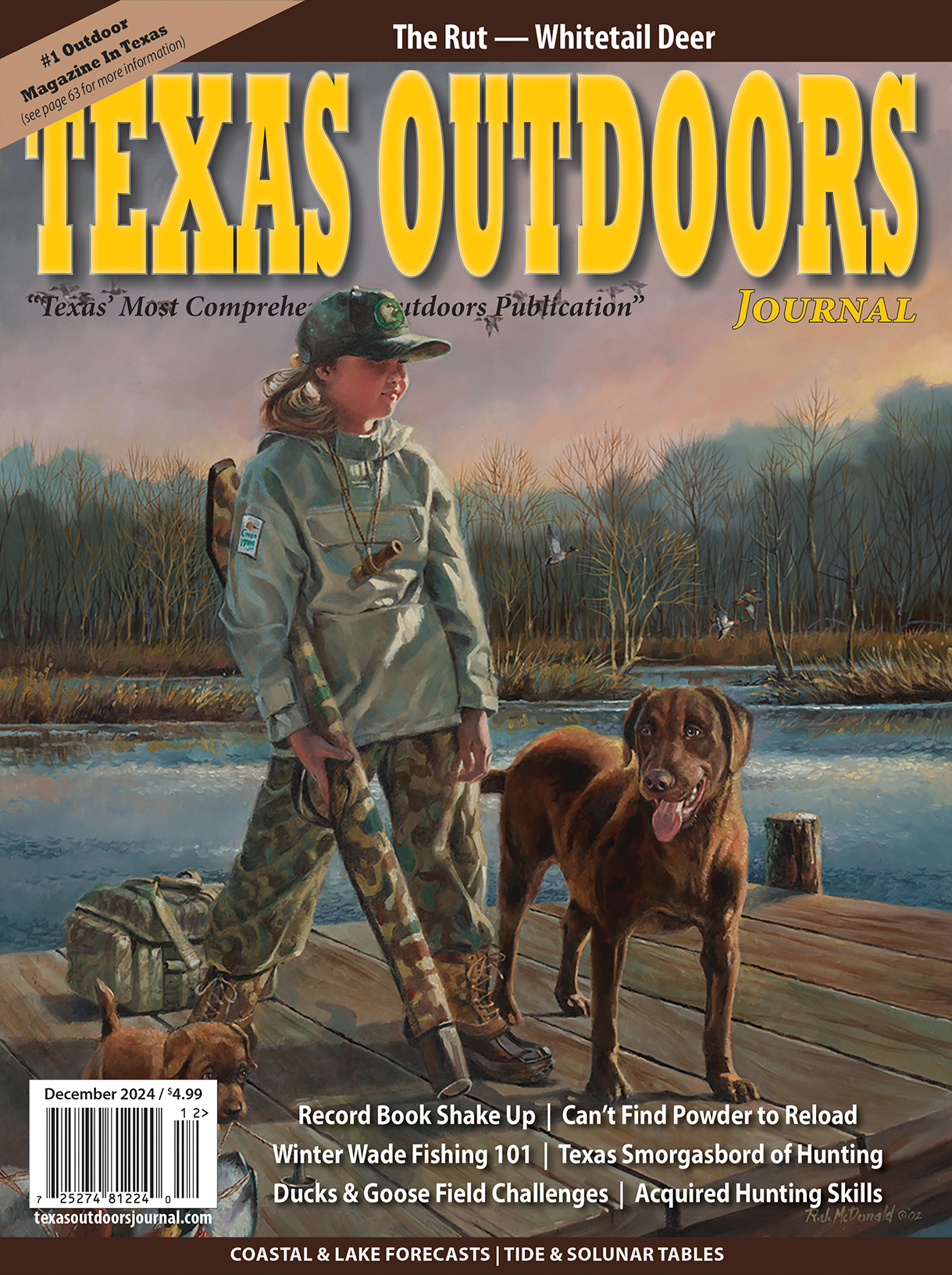
See In The Night — Night Vision, Thermal & Digital
Delve into this expanding hunting opportunity available through new technology imagery.
Story and Photography by Bill L. Olson
Most hunters and shooters are aware that many of the firearms used today recreationally have their origin rooted in military applications. A number of great calibers and actions have proven themselves over decades of military use and found a place within the hunting and/or shooting community.
The same is true with specialized optics that have become favorites among specialized hunting disciplines — particularly varmint and hog hunting at night. A variety of night vision optics have crossed over from military and law enforcement tactical applications to improve the success of a growing rank of nighttime recreational hunters.
On the surface a newcomer to night vision, thermal and digital imagery or optics may seem as simple as traditional optics. Simply put all one would need to figure out is the fixed power desired or range of magnification available from a variable scope.
The other consideration is the diameter of the objective that gathers the ambient light as well as the quality of lens and coatings. The larger the diameter of the objective the more light is allowed in and targets seen in diminished light conditions.
Once selected a shooter has the scope mounted and bore sighted. Then through a progression of shots fired at a target at a specified distance the scope is zeroed on target. The ballistics of the caliber of the firearm will determine how much hold over is needed for longer distances shot to remain on target.
When it comes to night-vision, thermal and digital the variables are a bit more complicated. So much so that this article may well raise as many questions as it answers. It hopes to be a start of another learning curve of knowledge that will increase over time.
The first suggestion is to set aside any preconceived notions derived about these tools from Hollywood movies. Other than they are effective tools used at night by military and tactical law enforcement is where the similarities end and difference begin when applied to hunting.








